Abstract
Rapid increase in average temperatures is being experienced around the world as a result of climate change. Sweltering heat during summer can cause higher electric bills as consumers in the urban area turn to cooling equipment like air-conditioners. However, people living in poverty don’t have the means to combat the surging heat; their incomes affect their energy consumption. The Eco-cooler is a low-cost, ideal solution for the poor amidst the rising temperatures without the use of electricity. It is to be made of a board with bottleneck-sized holes cut out in a grid pattern, and installed on windows per size. Funnel-shaped bottlenecks will be mounted on the board through the holes. When hot air blows through the bottlenecks, it gets compressed (temperature is decreased), and cooler air emerges. The project covers two Sustainable Development Goals, SDG 1 (No Poverty) and SDG 7 (Affordable and Clean Energy), the former being the main goal which is to eradicate poverty, now that the poor not only struggle for their basic needs but they struggle from threats brought about by climate change. SDG 7 is covered as electricity is not needed for product to work. This cost-effective technology can bring relief to people most likely the poor suffering from the scorching heat, and conserve electricity while helping the environment.
Introduction
Eradicating poverty in all its forms remains one of the greatest challenges facing humanity. More than 700 million people, or 11% of the world population, still live in extreme poverty and is struggling to fulfil the most basic needs like health, education, and access to water and sanitation. And as climate change brings more frequent and extreme heat around the world, demand for air conditioners is soaring, but the poor may be left to swelter because not everyone will be able to afford to beat the heat. Sustainable development is a priority goal for the global community that joined forces to eliminate poverty. With the help of the academic and education community that has a major role in increasing the awareness about the impact of poverty, it provides the foundation for new and sustainable approaches, solutions and technologies to tackle the challenges of reducing poverty and achieving sustainable development.
The contribution of science to end poverty has been significant. The group come up to this kind of project that will benefit those who are unfortunate in their livelihood. It covers Sustainable Development Goals 1: No Poverty and Sustainable Development Goals 7: Affordable and Clean Energy. This product is a cooling device created from recycled materials that can run without electricity, so it would not cost the electricity bills. Based on the direction of the wind and the pressure created by airflow, it decreases the temperature at optimal conditions. Making this product a cost-effective, environment friendly solution can be easily implemented in rural areas.
Objective
The objective of the project is to build a device or product which is shall especially benefit those who are unfortunate in their livelihood, which covers Sustainable Development Goal 1: No Poverty. It also covers another one of the sustainable development goals, which is SDG 7: Affordable and Clean Energy. The product designed does not consume electricity but in essence it is a way to recycle wasted raw material for sustainable development of our society by reducing environmental pollution as well as reduction in power usage.
Sustainable Development Goals
Main Goal: No Poverty. More than 700 million people, or 10% of the world population, still live in extreme poverty and is struggling to fulfil the most basic needs like health, education, and access to water and sanitation, to name a few. The majority of people living on less than $1.90 a day live in sub-Saharan Africa. Worldwide, the poverty rate in rural areas is 17.2 per cent—more than three times higher than in urban areas.
Having a job does not guarantee a decent living. In fact, 8 per cent of employed workers and their families worldwide lived in extreme poverty in 2018. Poverty affects children disproportionately. One out of five children live in extreme poverty. Ensuring social protection for all children and other vulnerable groups is critical to reduce poverty.
Poverty has many dimensions, but its causes include unemployment, social exclusion, and high vulnerability of certain populations to disasters, diseases and other phenomena which prevent them from being productive. Growing inequality is detrimental to economic growth and undermines social cohesion, increasing political and social tensions and, in some circumstances, driving instability and conflicts.
Other Goal Covered: Affordable and Clean Energy. Energy is central to nearly every major challenge and opportunity the world faces today. Be it for jobs, security, climate change, food production or increasing incomes, access to energy for all is essential. Working towards this goal is especially important as it interlinks with other Sustainable Development Goals. Focusing on universal access to energy, increased energy efficiency and the increased use of renewable energy through new economic and job opportunities is crucial to creating more sustainable and inclusive communities and resilience to environmental issues like climate change.
All About the Product
The Eco Cooler method is very simple, even just how it can be constructed. A board is cut to fit the desired window, and bottleneck-sized holes are cut out in a grid pattern. The bottoms of empty plastic bottles are cut off and discarded, leaving funnel-shaped bottlenecks that are placed on the grid. That’s all there is to the Eco Cooler, except for the task of installing it in place of the regular window. When mounted, the wider part of the bottles faces outward and catches the passing wind, literally funneling cool air into the building’s interior.
Electricity is not needed for the product to work, that's why it also covers Clean Energy goal. In addition, the product is constructed from recyclable materials. The construction does not involve processes that release harmful wastes to the environment.
Market Strategies
Direct Selling. Direct selling accomplishes exactly what the name suggests – marketing and selling products directly to consumers. In this model, sales agents build face-to-face relationships with individuals by demonstrating and selling products away from retail settings, usually in an individual’s home.
Word of Mouth Advertising. Word of mouth advertising is unpaid, organic and powerful because those having nice things to say about your product or service generally have nothing to gain from it other than sharing good news. A recommendation from a friend, colleague or family member has built-in credibility, and can spur dozens of leads who anticipate positive experiences with the product, the Eco-cooler. The word of mouth isn’t strictly verbal. Leveraging online reviews and opinions are equally effective at spreading the word.
Social Networks and Viral Marketing. Social media marketing focuses on providing users with content they find valuable and want to share across their social networks, resulting in increased visibility and traffic. Social media shares of content, videos and images also influence Search Engine Optimization (SEO) efforts in that they often increase relevancy in search results within social media networks like Facebook, Twitter, YouTube and Instagram and search engines like Google and Yahoo.
The Eco-cooler may be advertised in this online platform for the general public to notice and share. The spread across social media is fast and people can easily notice these advertisements.
Experience it Yourself or Show and Tell. Another idea to encourage the customers to buy the product is to first experience it with themselves. In this strategy, one can clearly tell how Eco-cooler works and explain to the customers its features first-hand. One can endorse through personal demonstration and let the customers witness the use of the product with their own personal experience.
Freebie Marketing. Promote free giveaways or sell the products and services sold at low rates to boost the sales of other related products or services. Freebies can also encourage the customers to buy the product. In our product which is the Eco-cooler, an air freshener can be an option for a freebie. Our customers may think that it is a good investment because there’s an air cooler especially it is summer season and the freebie can increase their interest in the Eco-cooler.
Personalized Marketing. Personalized marketing (also called personalization, and sometimes called one-to-one marketing) is an extreme form of product differentiation. Whereas product differentiation tries to differentiate a product from competing ones, personalization tries to make a unique product offering for each customer. In our product, the customers may request to personalize the color of the Eco-cooler and they can also choose the scent of the freebie which is the air freshener.
Design
The group had an idea of making a low-cost cooler out of recycled materials such as empty plastic bottles. To create this cooling system, plastic bottles are cut in half and then placed into a grid or matrix through bottle-sized (width) holes. The grid can be made of plywood and placed over a window with the smaller end of the bottle facing inwards. When the wind blows through the bottles, cool air enters the house. The idea of this comes from basic physics, the air cools down while expanding as air passes through the bottle. The pictures below are the designed planned by the group members.


Figure 1. (a) Outer side of the Eco-cooler and (b) Inner side
How the Group is Going to Profit
Made out of repurposed plastic bottles or cold drink cans, the proponents worked on an Eco-Cooler which is cost-effective, environmentally friendly and simple to produce. An air conditioning system that does not require electricity. The major benefit of this new ventilation is to help the poor in surviving the summer heat by reducing the indoor temperature up to 3 degrees centigrade at optimal conditions when installed in the house. This proposed project is a zero electricity, zero pollution, low cost, easy to make, and, easy to install cooling device.
The customers will able to win significantly on both cost and sustainability. The customers will able to exceed their expectations not only in terms of pure efficiency of the equipment, but more importantly the desire and capability to enhance their solutions to our specific use case. In addition, it can be a profitable invention to save money and the environment, thus there will be a reduction in electricity consumption. The Eco-cooler will ensure that the poor people can battle ever increasing day temperatures without expending more their money, in some cases, any of their money. Utilizing this product which is an eco-friendly air conditioning system reduces energy bills. Since many people in the world would argue that air conditioning is mandatory, the ability to save money on energy bills by using eco-friendly solutions is appealing. Eco-friendly is a good long-term investment. When the time comes to consider a new air conditioning system for our home, people will want to put some serious thought into an eco-friendly system. Since an eco-friendly system saves our money on our energy bills, it can pay for itself over time. Overall, this product will also cool our home and keep our family comfortable without the tremendous noise that usually accompanies an air conditioning system.
Customer feedback is information provided by clients about whether they are satisfied or dissatisfied with a product or service and about general experience they had with a company. Their opinion is a resource for improving customer experience and adjusting your actions to their needs. This information can be collected with different kinds of surveys (prompted feedback), but you can also find opinions and reviews your clients post online (unprompted feedback) and collect them using Internet monitoring tools.
The proponents had conducted on online survey to gain feedbacks and reviews regarding the product. The proponents had collected surveys from 68 respondents. 86.8% of the respondents belong to the age group of 19 to 24 years old as shown in Figure 2.

As for the school or company, 52.9% are students from Batangas State University. The rest are students from ICCT Colleges, University of Batangas, University of Sto. Tomas, Lyceum of the Philippines University, ICCT Colleges and Philippine Normal University. Those who are working are employes of PLDT, BPI, Shalom Medical Diagnostic Laboratory, St. Patrick’s Hospital and Medical Center, Flyeast Philippines, Insular Life, Mt. Malarayat Gold and Country Club and DepEd.
Most of the respondents reside in Batangas province though there are some from Mindoro, Quezon City, Cavite and even a Filipino living in China.
Of the 68 individuals, 75% are female and 25% are male. 73% are students 29.4% are employed. These are shown in Figures 3,4 and 5.

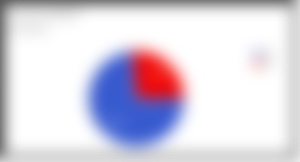

Figure 6 shows the majority of the individuals answered the lowest range under monthly allowance or salary. This means that many of them may not afford to spend for other less necessary items or products for serve only for one’s comfort. There is a high possibility they would only spend usually for one’s essential needs.

According to Figure 7, 66.2% has disagreed to the question about enjoying the summer heat. This means that they are highly uncomfortable with the atmosphere they feel inside their homes.

The following statements are responses to a question asking what are they means to lessen heat:
“Staying indoors and using electric fans but then they don’t have the feature of cooling so they are ineffective.”
“Aircon every day in every room and yes it's super effective”
“Wearing comfortable clothes and using electric fan to reduce summer heat”
“Drinking a lot of cold water.”
“Stayed hydrated and looking for a cool spot in my house”
“Take a bath 2 times a day. It lessens the heat.”
Most of the respondents stated that they just use electric fan to manage the heat, and very few uses air conditioning unit. Others consider drinking lots of water and taking more daily baths.

Figure 8 illustrates the percentage of those who have and have no access to electricity in their location. 94.1% have access while 5.9% have difficult access. This is considered to determine the effectivity and importance of the eco-cooler in their location.

Figure 9 shows that 88.2% does not experience abnormal body reactions to heat while 11.8% of the respondents do experience such reactions. These reactions may include rashes or heaviness of breathing.

Figures 10, 11 and 12 indicates the percentage of individual’s evaluation to the corresponding questions. For Figure 10, 34 out of 68 or 50% had answered that they would buy the Eco-cooler at a rating of 4 on a scale of 1 to 5, with 1 being the lowest and 5 being the highest. For Figure 11, 32 respondents or 47.1% had highly agreed with a rating of 5 that the Eco-cooler will benefit those who could not afford to buy more costly air conditioning systems. Figure 12 illustrates that 42 respondents or 61,8% had highly agreed with a rating of 5 that the Eco-cooler will benefit those who have no access to electricity.


The following statements are some of the respondents’ comments and suggestions that serve as a feedback for the improvement of the product:
“It can have different sizes (Mini, Medium, Large) depending on the customer needs/wants”
“I think it will help those who are having a problem during summer seasons specially those who encounter health problems because of the heat. Also, I recommend that this eco-cooler must not be so expensive so that less fortunate could be able to avail it.”
“I think the desirable area of the room to be cooled should be considered too”
“It's a good idea! I hope I will see this available one day. Goodluck!”
“hopefully it can be sold all over the world at low prices”
“Great concept and a more eco-friendly approach to lessen the summer heat. And can also benefit the people who are having difficulty in electricity.”
These feedbacks will be considered for further improvement of the Eco-cooler.

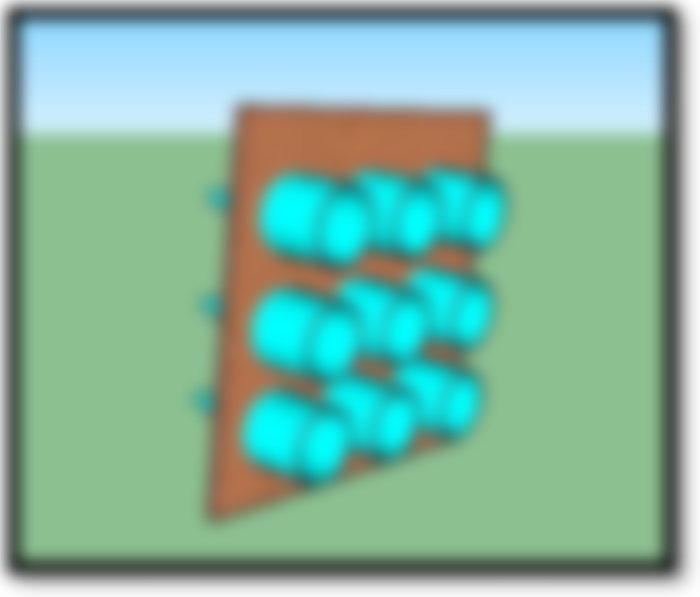

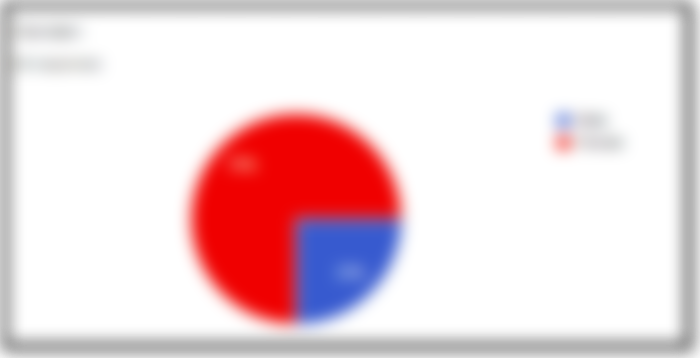

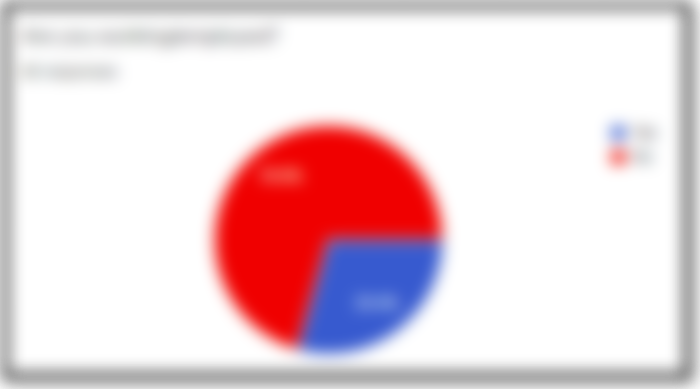


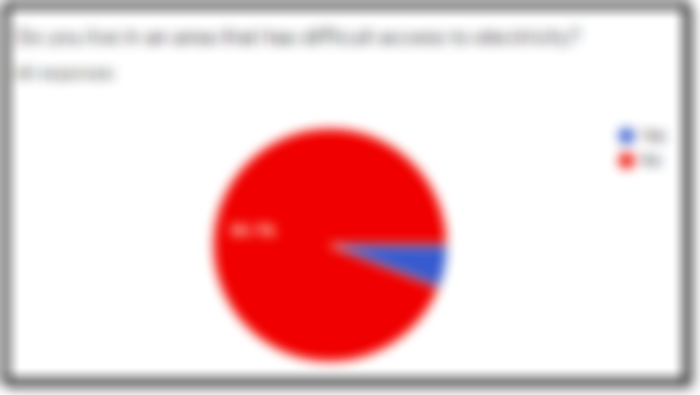




Wow. Nice one!